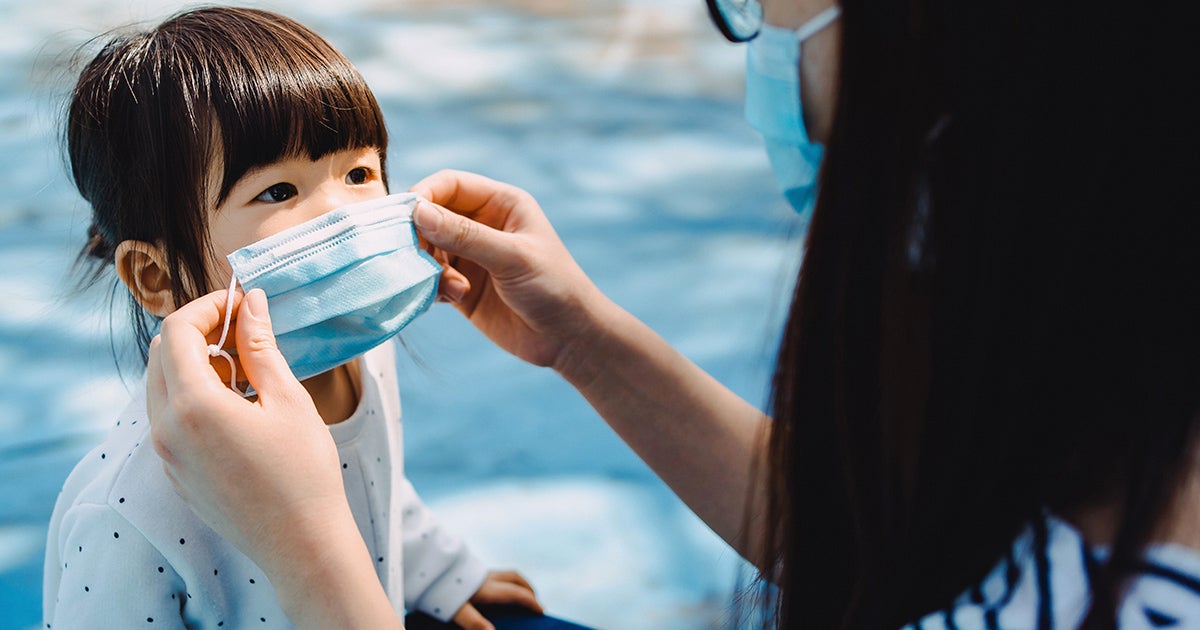
WHO issues new guidelines on use of face masks to prevent COVID-19
The World Health Organisation (WHO) on Friday (June 5) has issued new and updated guidelines on the use of masks, in view of the COVID-19 infection across the world.

The World Health Organisation (WHO) on Friday (June 5) has issued new and updated guidelines on the use of masks, in view of the COVID-19 infection across the world. Due to the coronavirus pandemic, as many as 6.7 million people have been infected worldwide, and 400,000 patients have succumbed to the infection, so far.
In a recent statement, WHO Director-General Dr. Tedros Adhanom Ghebreyesus said that WHO has updated its guidelines on face masks as per the evolving evidence. According to the Director-General, WHO has developed the new guidance through a careful review of all available evidence, and extensive consultation with international experts as well as civil society groups.
WHO’s new guidelines on use of masks amid COVID-19:
- The revised guidelines on face masks are somewhat different from what the WHO said earlier. So far, WHO maintained that there was not enough evidence to suggest that healthy individuals should wear masks and encouraged the use of medical face masks only by those who were sick or were caring for the patients. However now, everyone, including healthy people should wear fabric masks or non-medical ones in public spaces.
- The fabric masks should contain at least three layers of different materials. On the other hand, any person showing COVID-19 symptoms should wear a medical mask. Such people should self-isolate and seek medical advice as soon as they feel unwell.
- WHO has advised governments to encourage the general public to always wear masks in areas where there is a widespread transmission and physical distancing is difficult such as in public transport, in shops or other confined environments.
- Further, in areas with widespread transmission, WHO advises medical masks (surgical or procedure masks which are flat or pleated) for everyone working in clinical areas of a health facility and not just the workers who are dealing with COVID-19 patients.
Types of masks:
Medical masks: Medical masks should be certified according to the international or national standards, to ensure that they offer predictable product performance when used by health workers, according to the type and risk of procedure performed in a health care setting. The masks must block droplets and particles and should also be breathable by allowing air to pass. Medical masks are regulated medical devices and categorized as PPE.
Non-medical masks: The non-medical masks, also referred to as ‘fabric’ masks, are made from a variety of woven and non-woven fabrics, such as polypropylene. These masks may be made of different combinations of fabrics, layering sequences and are available in different shapes. The combination of fabrics and materials used for these masks, results in variable filteration and breathability scope. These are neither medical devices nor PPE.
Management of masks:
- The masks should only be used by one person.
- The masks should be changed if soiled or wet. A soiled or wet mask should not be worn for a long period of time.
- The non-medical masks should be washed frequently, so as not to contaminate other items.
- The clothing fabrics used to make the masks should be checked for the highest permitted washing temperature, which is indicated on the clothing label.
- If hot water is not available, wash the mask with soap/detergent at room temperature water, followed by either
i) boiling the mask for one minute
Or
ii) soak the mask in 0.1 per cent chlorine for one minute then thoroughly rinse mask with water (at room temperature), to avoid any toxic residual of the chlorine.


